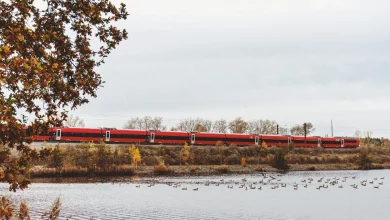Why Hurricane Melissa is so dangerous

Melissa ranks as one of the strongest storms in the Atlantic this century.
For Jamaicans, the comparisons with past storms are chilling. If it strikes Jamaica at close to full strength, it could eclipse all storms the island has experienced before. Gilbert in 1988, the last direct hit, was a Category 3. It destroyed thousands of homes and killed 49 people. Dean in 2007 and Beryl in 2024 came close, but neither matched Melissa’s raw power.
Globally, Melissa ranks among the most powerful cyclones ever observed – just behind Mexico’s Hurricane Patricia in 2015 and the record-holding Typhoon Tip of 1979.
The storm currently has an air pressure in its centre of 901 millibars (mb), just ahead of Hurricane Katrina, which reached 902mb.
Hurricane Katrina, which hit New Orleans in 2005, killed 1,392 people and caused damage estimated at $125bn (£94bn).
“This is going to be the strongest hurricane that’s ever hit, at least in the records we have,” Dr Fred Thomas, a research software engineer at Oxford University’s Environmental Change Institute, told the BBC.
The storm has already been blamed for three deaths in Jamaica and four deaths in Haiti and the Dominican Republic.
Melissa has set itself apart for how quickly it grew. The storm intensified from a tropical system to a Category 5 hurricane in just a day, fuelled by exceptionally warm waters in the Caribbean, around two to three degrees above normal.
“There has been a perfect storm of conditions leading to the colossal strength of Hurricane Melissa,” Dr Leanne Archer, research associate in climate extremes at the University of Bristol, said.




